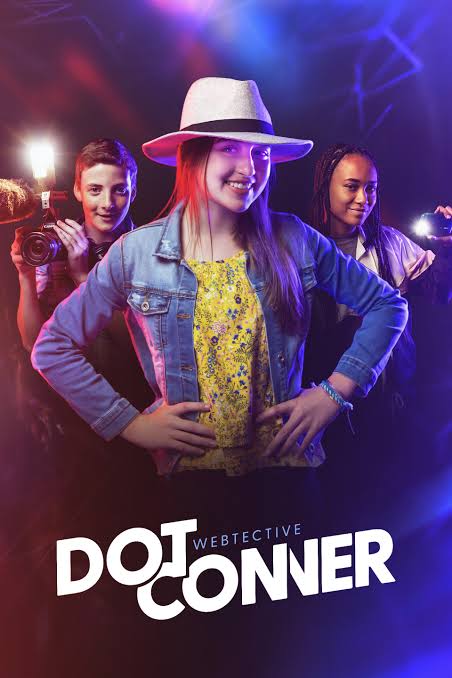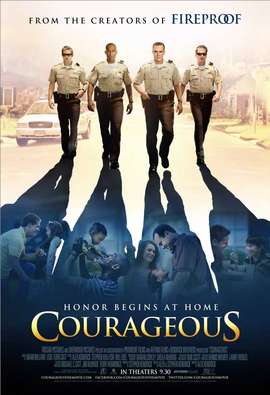The Story of Pixar’s Most Inventive Movie Yet:
Behind the Scenes of Pixar’s INSIDE OUT, Part 2
(Continued from the special event at YouTube Headquarters in Los Angeles, where Movieguide® had the opportunity to hear from Director Pete Doctor and Producer Jonas Rivera of Pixar’s newest movie INSIDE OUT.)
Pete Docter: “As soon as we feel like we’re starting to work things out and get script pages specifically that we feel confident in, we pass them along to the story team. Their job is to translate the script into visuals. Then, when I approve this, it goes to editorial and that’s Kevin Nolting. He’s the guy that puts it all together with music, sound effects and dialogue, which we record ourselves at first. Kevin cuts all this on a non-linear edit, the avid. Kevin loves the avid, it’s his favorite tool to use. The reason we do this is to give ourselves an approximation of what the film is going to be. Usually, attempt one didn’t really work. So we start thinking and talking and drawing and rewriting at the same time, and Kevin is recutting this dialogue and reworking it. After about three or four rounds of that in every sequence in the film (in this film there were 27 sequences). So there are several months spent in editorial recutting stuff. We drag people out of their offices into the theater and play the movie after a couple opening disclaimers. Besides the kitchen staff and whoever else we can get to go to the movie, we also have Jon Lasseter and Andrew Stanton.”
Jonas Rivera: “We have our brain trust with John and Andrew Stanton and Brad Bird and the writers and heads of story and studio. We’ll come and sit in this room afterwards and everyone will give notes. Boy will they give notes.”
Pete Docter: “This is really where we get feedback from them. We sort of somewhat pompously, named us the “brain trust” which you have to say in quotes. Some of these ideas are great and other ones really stink. Some offer the right solution but the wrong problem or vice versa. It’s really up to us after this meeting to go through and comb through all the notes. We take all these notes, and we go back and rewrite the whole thing, and we re-board it and cut it, and we do that again, and again, and again. Each one of these cycles takes about three to four months. We usually do that seven to eight times on every film.”
Jonas Rivera: “Meanwhile, while this is all happening in story and narrative and the sort of structure is coming together, the art department is taking the script and the story reels and they’re trying to figure out what does this world and what are these characters going to look like. This movie, as tricky as it was narratively, I’d say it was equally tricky visually because you have a world that has no point of reference. It’s not like on CARS or on FINDING NEMO, where you could look at certain things and go diving and so forth. What do your emotions look like? What does the mind look like? We knew we didn’t want to make innerspace. We knew there was the metaphoric thing, but it was a long road of trying to find these. The characters all came from these elemental shapes. Joy is a star. She’s glowing, and she’s always out, and she’s beautiful. It’s almost like and explosion. Sadness is like a teardrop literally. She’s the shape and color of a teardrop. Anger is a brick. He’s this sort of movable briquette. Disgust, she’s sort of based off of a stock of broccoli, even her shape and color. Fear we thought is funny. He’s just a raw nerve. Literally a squiggly line. That was the point of origin on the designs. Then, of course, there was millions of iterations. I think Disgust had her fair share of, “What in the world was she going to look like?” We liked them all at one point.”
Pete Docter: “Once, we find something that we like we move to sculpt, and we have a great sculptor-Jerome Ranft. He’s grouchy. We work out the sculpt, and we show it to John. Sometimes he likes it, sometimes he doesn’t. We always get great notes from John. He always pushes us in ways that we’d never really thought of before.
You’ll notice at this point we haven’t really talked about voices. At this point, we were just doing design. We’re working on story. It’s only about now as things start to crystalize we start to think about casting. We mentioned Bill Hader was one of the first guys that we got to work with. We cast him as Fear. He was great because not only did he lend his voice in the film, just his brain as well. He did a lot of writing with us.”
Jonas Rivera: “He just came for a week, and he sat, and he’d write. He’s so funny, and he’s such a great character actor. He just really helped us with the voices of everybody.”
Pete Docter: “He always blew us away when we would record with him. Most of the recording is done at Disney stage B.”
Jonas Rivera: “Stage B is important to us because it’s Disney animation history. This is where they recorded JUNGLE BOOK and did the ADR for MARY POPPINS. We just feel honored every time we get to go in there and stand there. It’s hollowed ground to us.”
Pete Docter: “Traditionally, I guess you would sit back behind the glass, but we sort of found that the actors feel lonely out there so we sit with them. That way I can hop up and talk to Amy or whatever. Amy was great. She was another one that we recorded. Before we record, we sat and worked with her and rewrote her part. She was a great collaborator. A lot of suggestions for things for Joy, how she might approach things.”
Jonas Rivera: “Joy is the main character of the movie and without giving too much away, I think that what was cool, and what was great about Amy is that you saw Joy at the beginning. She was an optimist and that was a fragile thing to do.”
Pete Docter: “Most people that you know that are happy all the time, you kind of just want to punch them in the face because they don’t seem genuine. They don’t seem real. When we talked to Amy about that she was like, “I think I can help you.” She was really self-aware about her voice.”
Jonas Rivera: “She’s smart, and so she came in and wrote with us, and we pulled apart the script.”
Pete Docter: “Then the next day we would record with her and she’s just fantastic. At the same time, we’re thinking of our background characters.”
Jonas Rivera: “When you said you kind of wanted the audience to come away feeling like they only saw like a quarter of it or something. You get to imply this scale, and it was a lot of fun to do that and thinking about what would those places be and what would they look like.
That was a fun idea that you get to go and that they would take the memories of the day and quickly with no time, writers would have to work really fast. That’s why our dreams are weird.”
Pete Docter: “It was a really fun process to play with all these concepts. Things that we’ve all thought but had never seen before until we got to build it here in the mind. All of this was only half of the design challenge because we also have the real world. As I mentioned, I’m from Minnesota, and so we just picked that as a place that Riley would be from, and Christian Nuraleous, who is the artist here really captured the feel of the Midwest. For the other half, when they move to San Francisco, the art department took a field trip all the way across the bay bridge to San Francisco and then scouted real locations. Once it’s all built in the computer we have, Patrick Lynn, he’s our DP. The way to think about it is like a doll set. You have this camera you can move anywhere in three dimensional space. The layout department is really our equivalent of the camera department.”
Jonas Rivera: “They compose every single shot using the space in the model, the characters are based sort of on the storyboards, and sometimes you deviated from that, but this is sort of the cinema of the movie.”
Pete Docter: “A couple of us were talking outside, and it’s really the same as live action. We’re thinking wide shots, overs and crane shots. In this film, we wanted to differentiate between the inside world and outside. We created a whole separate camera language. Different lens choices, all of that stuff.
A lot of us grew up watching classic cartoons from the 40s and 50s like Chuck Jones and Tex Avery, you know the classic Disney shorts like Goofy and stuff, and this film really allowed us to push things. When the film comes out, you’ll see there’s all sorts of shape distortion and stretching, and all sorts of stuff that we were able to finally do. Basically, learned about from these great old cartoons, these grand masters.”
Jonas Rivera: “This is really important to us because in our medium, our medium replicates reality really well. So Buzz Lightyear, who’s a model, as far as the computer is concerned, he’s a physical model taking up space made of plastic, and he moves like a puppet. What Pete was really interested in was, how can we break those shapes and get beautiful curves out of things. Do things that are geometrically expensive in the computer to do. We really pushed all the tools. We even had a guy, we had someone sitting in daily drawing over frames so that we could try to get that hand drawn feel that we love, somehow shot into our medium. Joy, we’re just really proud of her because she’s got that way to move that’s so weightless.”
Pete Docter: “Not only is Joy a character, she’s also a light source as Jonas mentioned. She doesn’t cast shadows, she casts light onto other characters and objects. That was really hard because how do you light a lightbulb? If you just take a picture of a lightbulb it’s like a flat white surface so we had to do a lot of cheating to get sculpting and shaping.”
Jonas Rivera: “At Pixar, we have this great tools department and computer scientists that rebuild and developed tools as we go. On MONSTERS UNIVERSITY, they were very excited because they came up with this tool called global illumination. Global illumination allowed our lighters to set the key lights and the fill lights and sun or the practical light, and we kind of computed real time, and you could finally get realistic lighting in deep shadows. Everyone’s excited, and then the very next movie Pete’s like, “I don’t want any of that. I want crazy fake glowing characters that have nothing to do with physical reality.” Tools was like, “thanks!”
Pete Docter: It’s all inspired by the story.
Missed Part 1? Find it here!
Questions or comments? Please write to us here.


 - Content:
- Content: 

